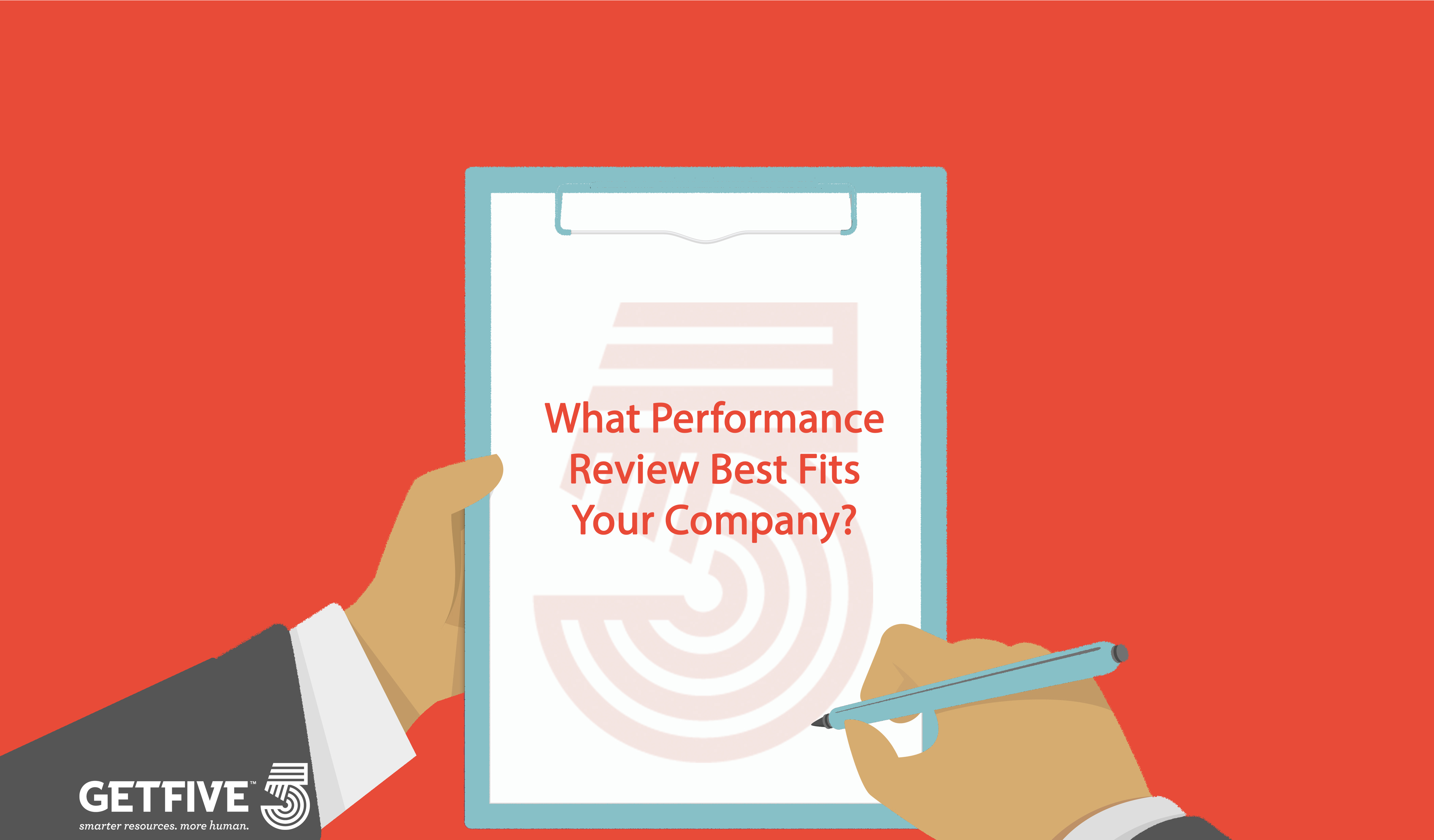From traditional to trendy, there are varied approaches for reviewing employee performance. You may have had the same review policy in place for decades, but is it best serving employees and management?
As companies evolve, so too should their process for reviews. Each methodology has positives and negatives, but above all else, it’s important to select an approach that is useful, respectful, and reflective of the organizational culture.
Here are some of the most common performance review methods used by companies today:
Rating Scales: One of the most common review methods, regardless of company size, is when a supervisor rates an employee on a designated scale. It often is simplified into a scale of one to 10, or, is split between doesn’t meet, meets, or surpasses expectations. Annual raises are often tied to an employee’s overall rating.
Weighted Checklist: A supervisor answers questions about the employee, and each question is assigned a value. When the series of questions is complete, the predetermined algorithm produces a number that reflects an employee’s overall performance. The key for this method to work is to have clear questions as to not confuse the evaluator.
Self-evaluation: An employee and supervisor judge performance against predetermined criteria, which provides insight into areas of agreement and misunderstanding. Self-evaluation is helpful because it can encourage reflection and self-directed career development. However, some employees may find it difficult to be objective.
Management by Objectives: Also called MBO, this method measures success by analyzing accomplishments against established goals. For example, at the start of the year a supervisor and employee will work together to determine objectives. At the end of the year, they talk about successes and failures in meeting those objectives.
Open Essay: This traditional method provides an open-ended opportunity for direct and indirect supervisors to weigh in on an employee’s performance. Each person writes a few paragraphs noting strengths, weaknesses, areas where she excels, and areas for improvement. This can provide deeper insight than other methods, but makes it difficult to compare employees against each other because the answer will be unique for each person.
360 Feedback: Many companies believe that one person’s insight is not enough to get a true evaluation of an employee. 360 methods use information from peers, supervisors, and even outside parties like clients. This multidimensional approach removes bias but can take more time to complete. 360 feedback can be both structured and unstructured.
While these are some of the most common forms for evaluating employees, there are many additional methods to choose from. What’s more, companies may opt to blend several methods to create their own performance review that best suits their needs. For example, a scales rating followed by unstructured 360 feedback.
No matter what you choose, regularly review your approach to ensure it’s helpful to both managers and employees. If it’s not providing any insight into current performance and what’s expected in the future, it’s essentially a waste of time. Reviewing methods every one or two years is wise.









